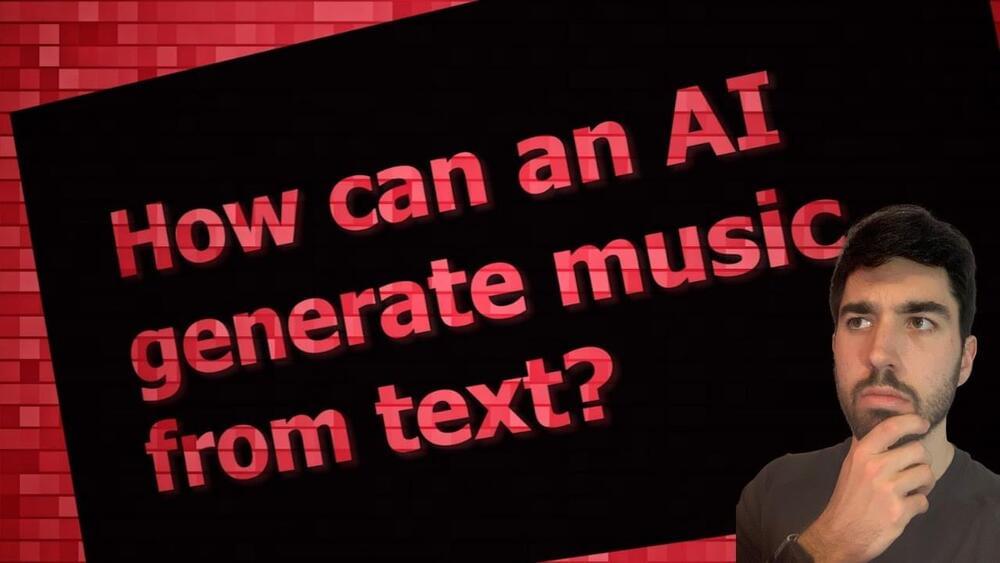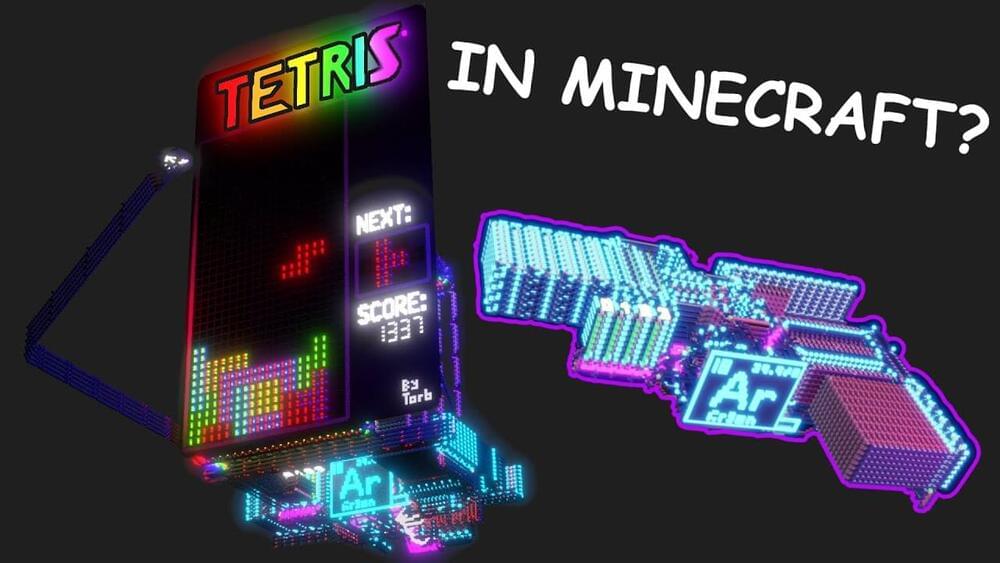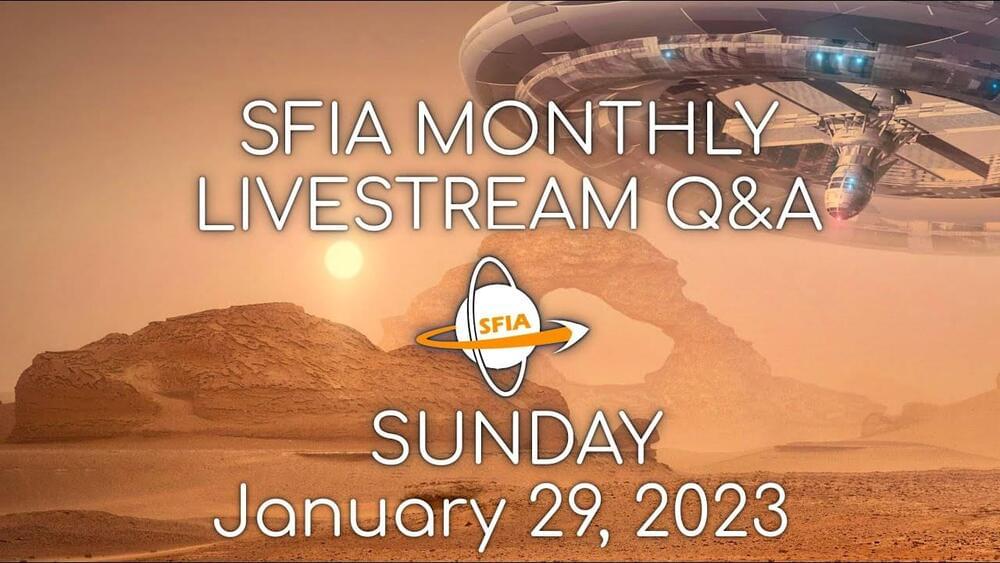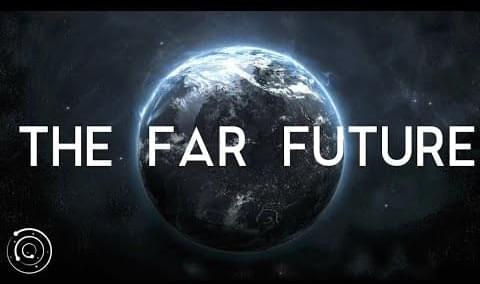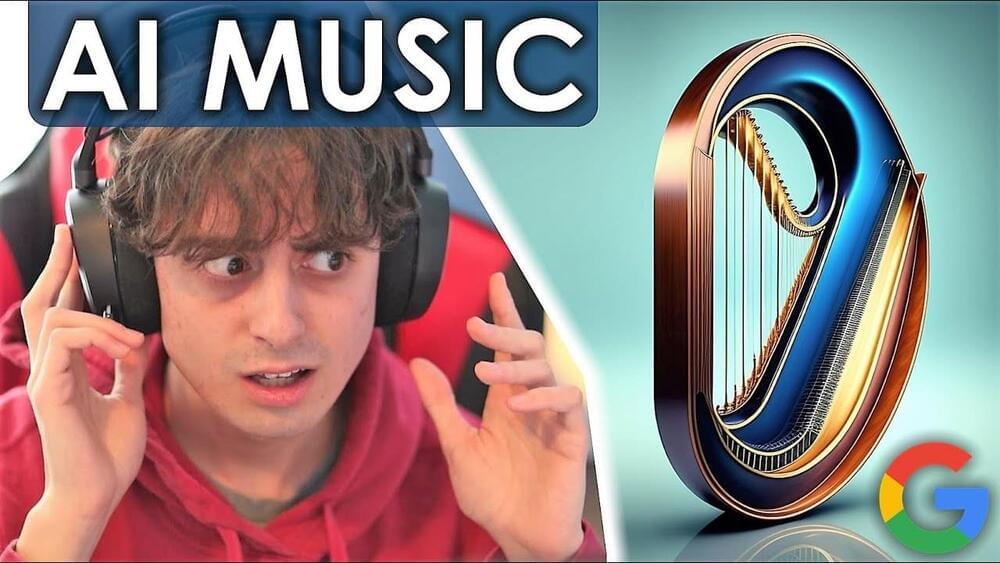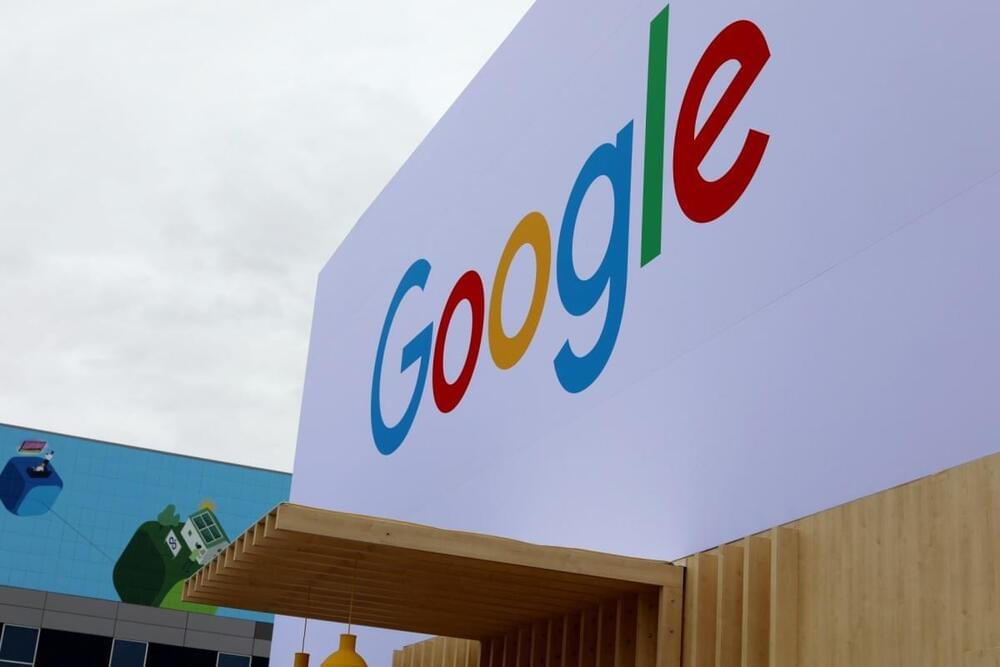Jan 31, 2023
Impact Of AI On The Music Industry (Part 2 Of A Two Part Series)
Posted by Gemechu Taye in categories: law, media & arts, robotics/AI
My last article focused on the recent announcement of Google’s MusicLM, although not accessible to the public, due to copyright issues, it does give one new insights that AI is disrupting the value of human talent in the musical field.
Music has been core to humankind for centuries with the first piece of music, a Hurrian Hymn, discovered in the 1950s on a clay tablet inscribed in Cuneiform text. It’s the oldest surviving melody and is over 3,400 years old. Songs are human’s way of communicating stories and encompassing everything we know of as humans.
This article continues to explore the impact of AI on the music industry and looks at some of the pros and the cons, reinforcing the need for increased legal frameworks and copyright protections for musicians.
Continue reading “Impact Of AI On The Music Industry (Part 2 Of A Two Part Series)” »

